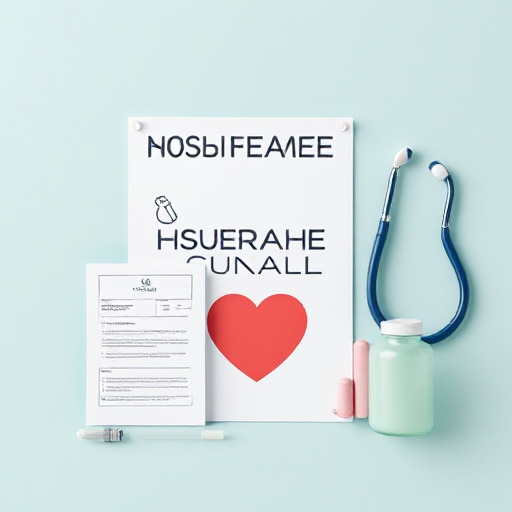Navigating the world of health insurance can be complex, especially when it comes to understanding high-deductible health plans (HDHPs) and health savings accounts (HSAs). These options have gained popularity in recent years due to their potential for lower premiums and tax advantages High-Deductible Health plans. In this blog, we’ll explore what HDHPs and HSAs are, their benefits, and how they can work together to help you manage healthcare costs effectively.
What is a High-Deductible Health Plan (HDHP)?
A high-deductible health plan (HDHP) is a type of health insurance plan that features higher deductibles and lower premiums compared to traditional health plans. The Internal Revenue Service (IRS) defines an HDHP as a plan with a deductible of at least $1,500 for individual coverage and $3,000 for family coverage (as of 2023). Here are some key characteristics of HDHPs:
1. Higher Deductibles
With an HDHP, you must pay a higher amount out-of-pocket before your insurance coverage kicks in. This means that you’ll need to cover more of your healthcare costs upfront.https://estep.xyz/?p=268
2. Lower Premiums
In exchange for higher deductibles, HDHPs typically have lower monthly premiums. This can make them an attractive option for individuals and families looking to save on monthly healthcare costs.
3. Preventive Care Coverage
Most HDHPs cover preventive care services, such as vaccinations and screenings, at no cost to the insured, even before the deductible is met. This encourages individuals to seek necessary preventive care without financial barriers.
What is a Health Savings Account (HSA)?
A health savings account (HSA) is a tax-advantaged savings account designed to help individuals save for qualified medical expenses. HSAs are specifically linked to HDHPs and offer several benefits:
1. Tax Advantages
Contributions to an HSA are tax-deductible, reducing your taxable income. Additionally, the funds in the account grow tax-free, and withdrawals for qualified medical expenses are also tax-free.
2. Contribution Limits
For 2023, individuals can contribute up to $3,850 to an HSA, while families can contribute up to $7,750. Individuals aged 55 and older can make an additional catch-up contribution of $1,000.
3. Portability
HSAs are owned by the individual, meaning you can take your account with you if you change jobs or health plans. This portability makes HSAs a flexible option for managing healthcare costs.
4. Long-Term Savings Potential
Unlike flexible spending accounts (FSAs), HSAs do not have a “use-it-or-lose-it” policy. Funds can roll over from year to year, allowing you to build savings for future medical expenses, including those in retirement.
How HDHPs and HSAs Work Together
High-deductible health plans and health savings accounts complement each other, providing a powerful combination for managing healthcare costs. Here’s how they work together:
- Lower Premiums with HDHPs: By choosing an HDHP, you can save on monthly premiums, allowing you to allocate more funds to your HSA.
- Tax-Advantaged Savings: Contributing to an HSA allows you to save money tax-free for qualified medical expenses, helping you manage the higher out-of-pocket costs associated with an HDHP.
- Funding Your Healthcare Needs: When you incur medical expenses, you can use your HSA funds to pay for deductibles, copayments, and other qualified expenses, reducing the financial burden.
- Long-Term Financial Planning: HSAs can serve as a long-term savings tool, allowing you to build a nest egg for future healthcare costs, including those that may arise in retirement.
Considerations When Choosing an HDHP and HSA
While HDHPs and HSAs offer many benefits, they may not be suitable for everyone. Here are some factors to consider:
- Health Status: If you have chronic health conditions or anticipate high medical expenses, a traditional health plan with lower deductibles may be more cost-effective.
- Financial Situation: Ensure you can afford the higher out-of-pocket costs associated with an HDHP. Having sufficient savings in your HSA can help mitigate this risk.
- Preventive Care Needs: If you prioritize preventive care, ensure that the HDHP you choose covers these services without requiring you to meet the deductible first.
Conclusion
High-deductible health plans and health savings accounts can be an effective way to manage healthcare costs while providing valuable tax advantages. By understanding how these options work together, you can make informed decisions about your health insurance and savings strategies. Whether you’re looking to save on premiums, build a nest egg for future medical expenses, or simply take control of your healthcare costs, HDHPs and
